NFT Ponding Problem
Ömer Kınalı
13 years ago
Related Stories

LANDSCAPE DESIGNProblem Solving With the Pros: How to Build a Garden in an Urban Canyon
Skyscrapers, noise and deep shade create an unlikely sweet spot for a timeless green retreat in New York City
Full Story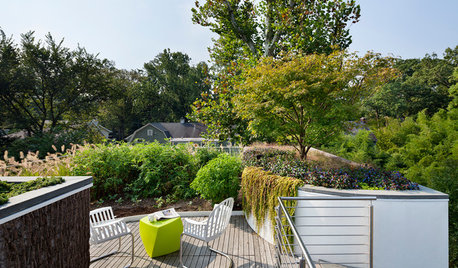
LANDSCAPE DESIGNProblem Solving With the Pros: Sustainable Landscape Captures Runoff
An underground cistern, permeable paving and a rain garden are part of this Washington, D.C. yard's thoughtful design
Full Story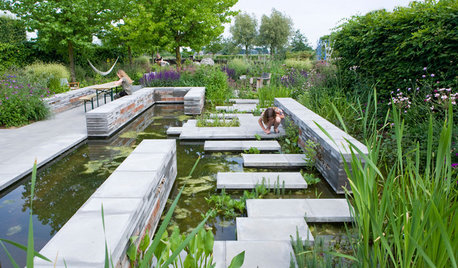
LANDSCAPE DESIGNProblem Solving With the Pros: A Garden Built From Scratch
Nature is reintroduced and redefined in a Dutch urban setting, to forge a dynamic relationship with city dwellers
Full Story
GARDENING AND LANDSCAPINGHow to Make a Pond
You can make an outdoor fish paradise of your own, for less than you might think. But you'll need this expert design wisdom
Full Story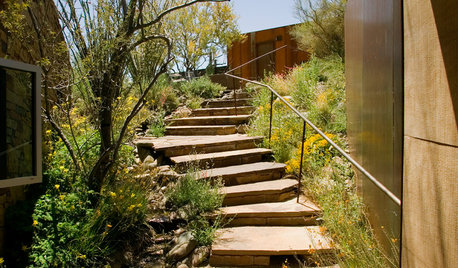
ARCHITECTUREHouzz Tour: A Pond House in the Arizona Desert
With water in the back and a descent to get in, this skillfully designed modern home keeps its cool in the Southwestern sun
Full Story
LANDSCAPE DESIGNKoi Find Friendly Shores in Any Garden Style
A pond full of colorful koi can be a delightful addition to just about any landscape or garden
Full Story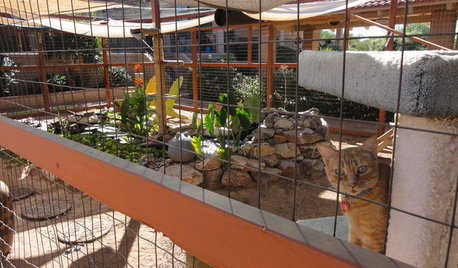
PETSSee a Deluxe 'Catio' Built for Feline Fun
Sixteen lucky cats get the run of a protected outdoor patio with ramps, steps and even a koi pond
Full Story
GARDENING GUIDESGreat Design Plant: Anemone Canadensis Adds Pizzazz to Water’s Edges
Plant Canadian anemone along pond, lake or stream edges for a splash of white flowers in late spring
Full Story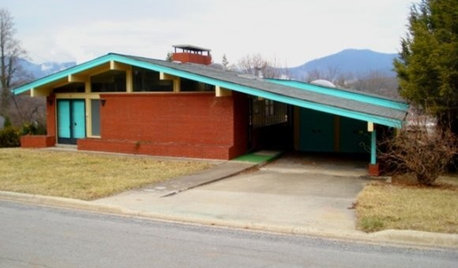
REMODELING GUIDESHouzzers to the Rescue: Users Solve Design Dilemmas
The proof is in the painting — and the pond. As Houzz users hit 100,000 discussions, see some of the results of their advice and ideas
Full Story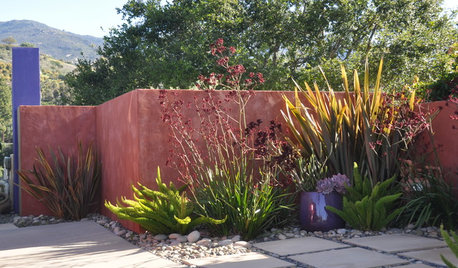
LANDSCAPE DESIGNBold Backdrops for Colorful Gardens
Use painted walls as tools in the garden, solving problems in a most artistic way
Full Story






homehydro
grizzman
Related Professionals
Londonderry Landscape Architects & Landscape Designers · Quincy Landscape Architects & Landscape Designers · Newcastle Landscape Architects & Landscape Designers · Clermont Landscape Contractors · Elgin Landscape Contractors · Brookside Landscape Contractors · Arlington Landscape Contractors · Canyon Lake Landscape Contractors · Conroe Landscape Contractors · Cupertino Landscape Contractors · Damascus Landscape Contractors · Gresham Landscape Contractors · La Verne Landscape Contractors · St. Louis Landscape Contractors · Uxbridge Landscape ContractorsÖmer KınalıOriginal Author
grizzman
oakleaf33
oakleaf33